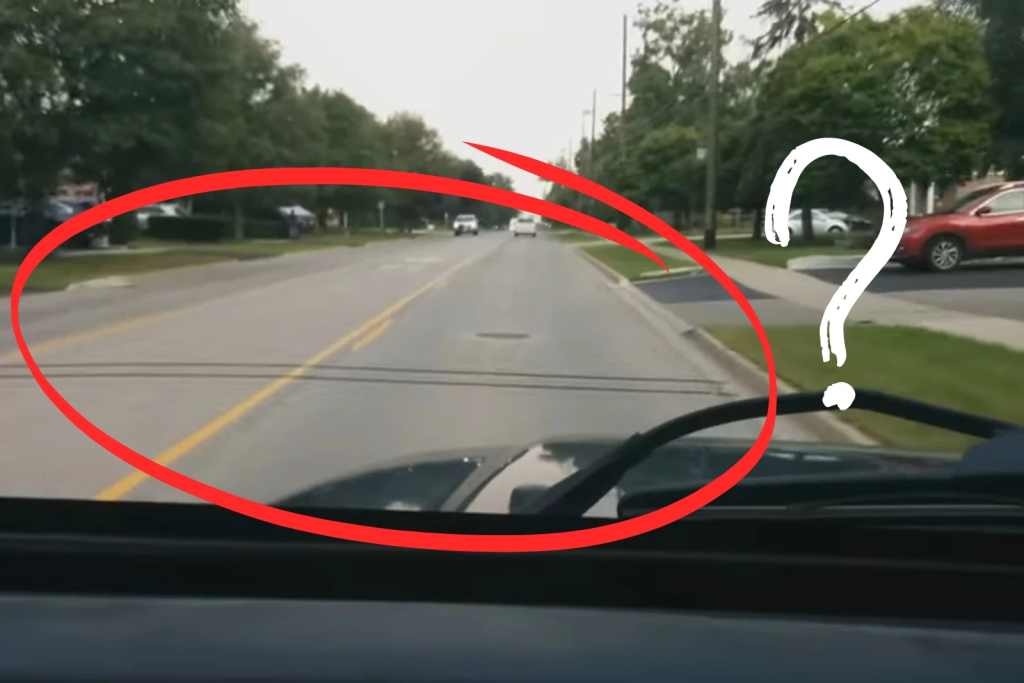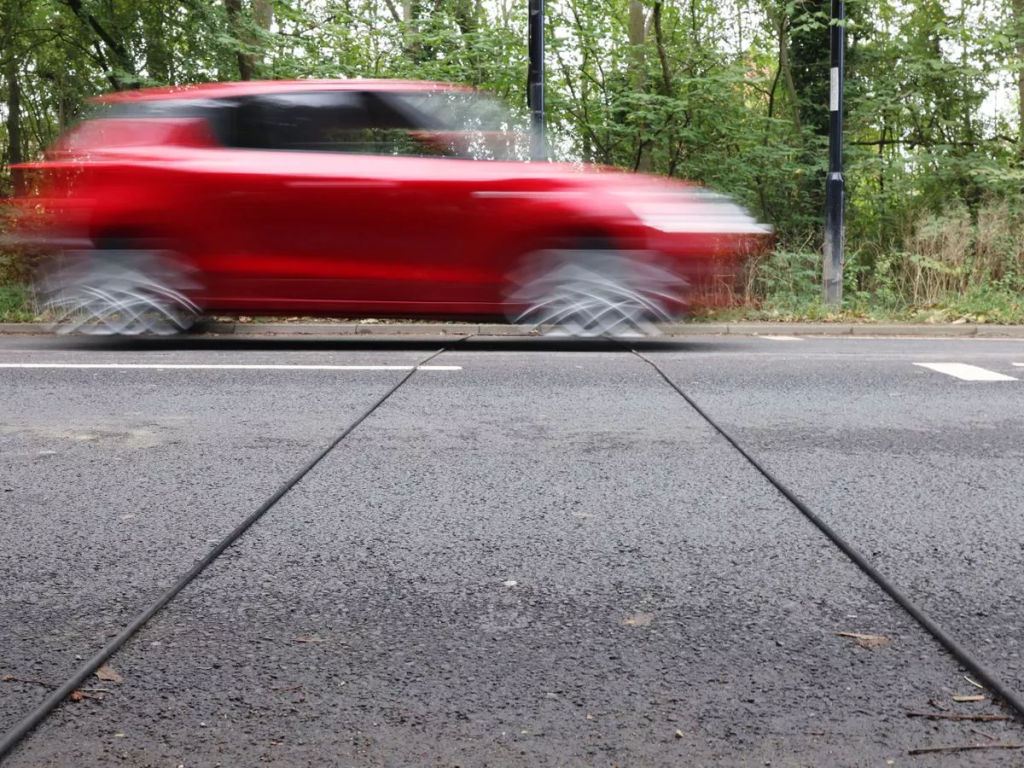If you’ve ever driven down a street and noticed thin black cables stretched across the road, you’re not alone. These unassuming rubber tubes often appear overnight and seem to vanish just as quickly. But what exactly are they? Are they part of some secret surveillance system? Are they detecting speeding vehicles? Or are they just random roadwork tools?
The truth is, these black cables play a crucial role in traffic monitoring and urban planning. They’re not just random objects on the street; they are sophisticated data collection tools that help transportation departments improve road safety, manage traffic flow, and make crucial infrastructure decisions.

Traffic Counters: The Silent Observers of Our Roads
Those black cables are actually pneumatic road tubes, commonly known as traffic counters. These cables are placed across roads by transportation agencies, city planners, and researchers to gather important data about vehicle movement.
Every time a car passes over the tube, it triggers an internal mechanism that records the vehicle count, speed, and sometimes even the type of vehicle. This information helps officials understand traffic patterns, peak congestion times, and road usage trends.
With over 12,000 traffic counters deployed across various states, these simple yet powerful devices collect data that influences everything from speed limits to road expansions.
Video: What are those black cables we drive over?
How Do These Black Cables Work?
The technology behind these road tubes is surprisingly simple yet incredibly effective. Here’s how they function:
- A car runs over the tube – When a vehicle’s tire makes contact with the rubber cable, it compresses the tube, causing a burst of air to be released.
- A sensor detects the pressure change – This burst of air activates a switch in a counter device, logging the exact moment a car passed.
- The system records traffic data – Depending on the setup, the device can count vehicles, measure speed, and even determine vehicle classification based on weight and tire spacing.
This system allows traffic engineers to identify peak traffic hours, average speeds, and the volume of different vehicle types, such as cars, trucks, and motorcycles.
Why Are Some Roads Monitored More Than Others?

Ever noticed that these black cables tend to appear more frequently on certain roads? That’s because transportation departments strategically place them in key locations where traffic data is needed.
- Busy intersections – To measure congestion levels and determine if new traffic lights or turn lanes are necessary.
- Residential neighborhoods – To investigate complaints about speeding and cut-through traffic.
- Highways and major roads – To analyze long-term traffic patterns and justify road widening or additional lanes.
- School zones and pedestrian areas – To check vehicle speeds and ensure safety measures are adequate.
By analyzing the data, city planners can adjust speed limits, install stop signs, and prioritize road maintenance to improve traffic flow and safety.
Single vs. Dual Black Cables: What’s the Difference?

If you’ve seen these tubes on the road, you may have noticed that some areas have one cable while others have two parallel cables. The difference lies in the type of data being collected.
- Single Cable Setup – Used to count vehicles and measure basic traffic flow. It logs every time a tire makes contact but doesn’t provide detailed data.
- Dual Cable Setup – Used for more in-depth analysis. This setup helps determine vehicle speed, direction, and classification by measuring the time interval between the front and rear axles crossing each cable.
This information is essential for improving traffic safety and making informed decisions about road infrastructure projects.
Beyond Traffic Counting: Other Uses of Road Tubes
While their primary purpose is to count vehicles and measure traffic flow, these black cables serve several other crucial functions in transportation planning.
- Speed Studies – Officials can track how fast cars are moving in specific areas, allowing them to identify speeding hotspots and enforce better speed regulations.
- Road Safety Assessments – Data from traffic counters helps determine if certain roads need additional signage, stoplights, or pedestrian crossings.
- Infrastructure Planning – City planners use the collected data to justify new road projects, expansions, and improvements.
- Traffic Enforcement Support – Law enforcement agencies sometimes use these counters to gather evidence of frequent speeding or reckless driving before implementing radar enforcement.
Why Should You Care About These Black Cables?

You might think that these road tubes don’t affect your daily life, but in reality, they shape the way you drive and interact with the road system. The information gathered from these counters directly influences traffic laws, road conditions, and city planning efforts.
For example, if a neighborhood has repeated complaints about speeding drivers, city officials might deploy these tubes to verify the claims. If the data supports the concern, the city could lower speed limits, install speed bumps, or even increase police presence in the area.
Next Time You See These Cables, You’ll Know Their Purpose
So, the next time you spot black cables stretched across the road, you’ll know they’re not just random objects. They are silently working to make your roads safer and more efficient.
These unassuming rubber tubes might not look like much, but they hold the key to understanding traffic patterns, improving road safety, and planning better transportation systems. Whether you’re commuting to work, driving through a new city, or wondering why your street suddenly has lower speed limits, chances are, those black cables played a part in the decision-making process.
They might not be flashy or high-tech, but these humble traffic counters are the unsung heroes of modern roadways—collecting data, informing city planners, and helping shape the future of transportation.


